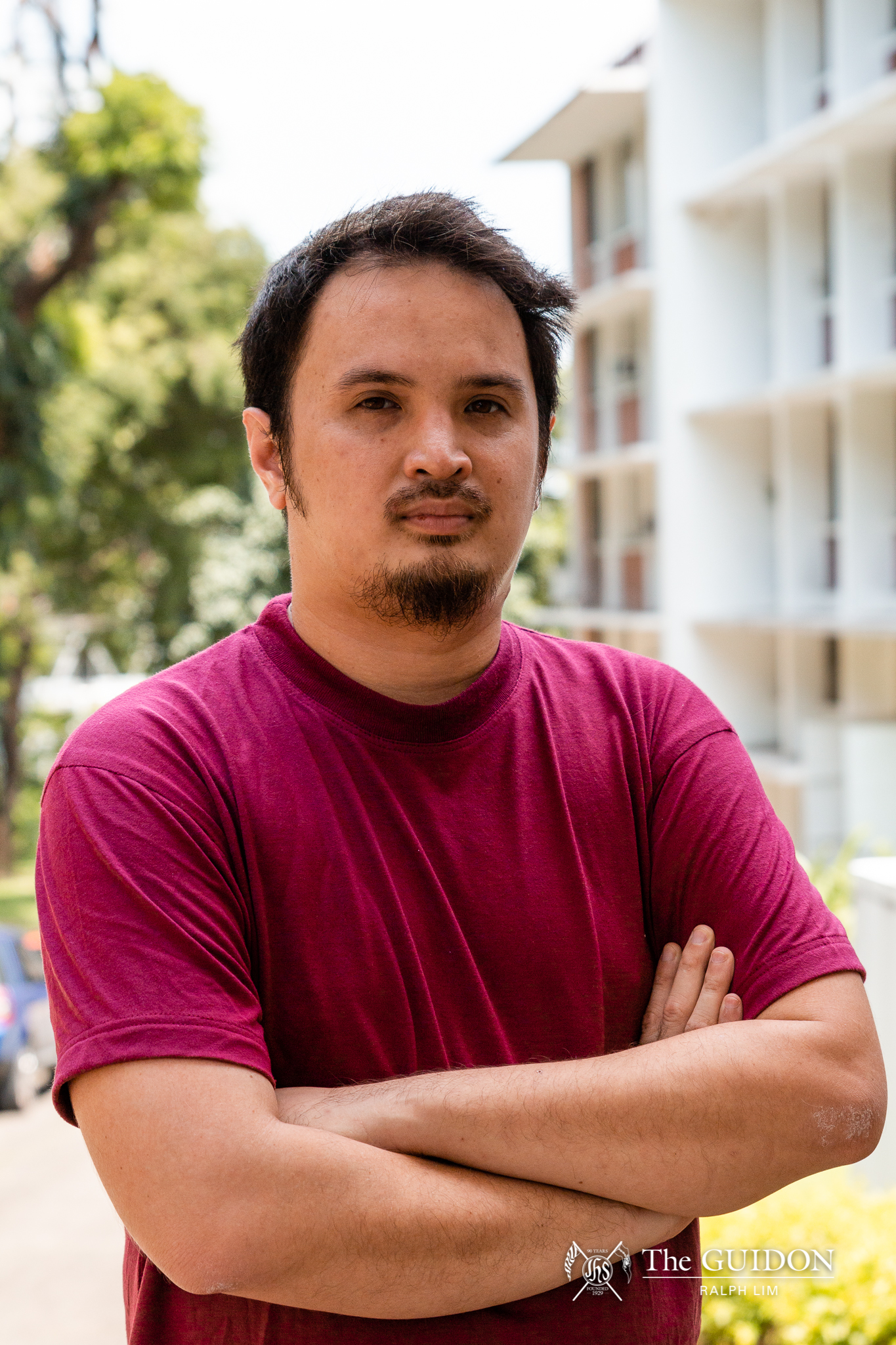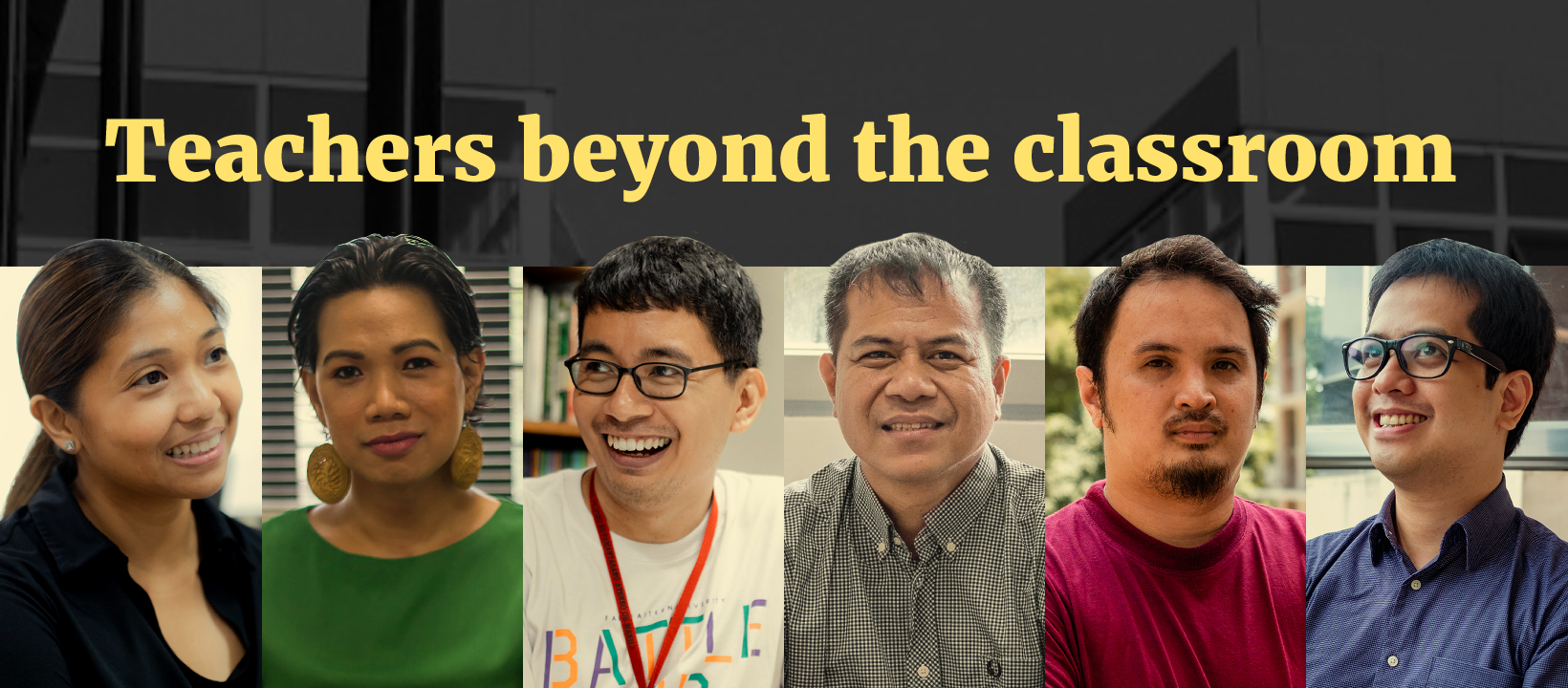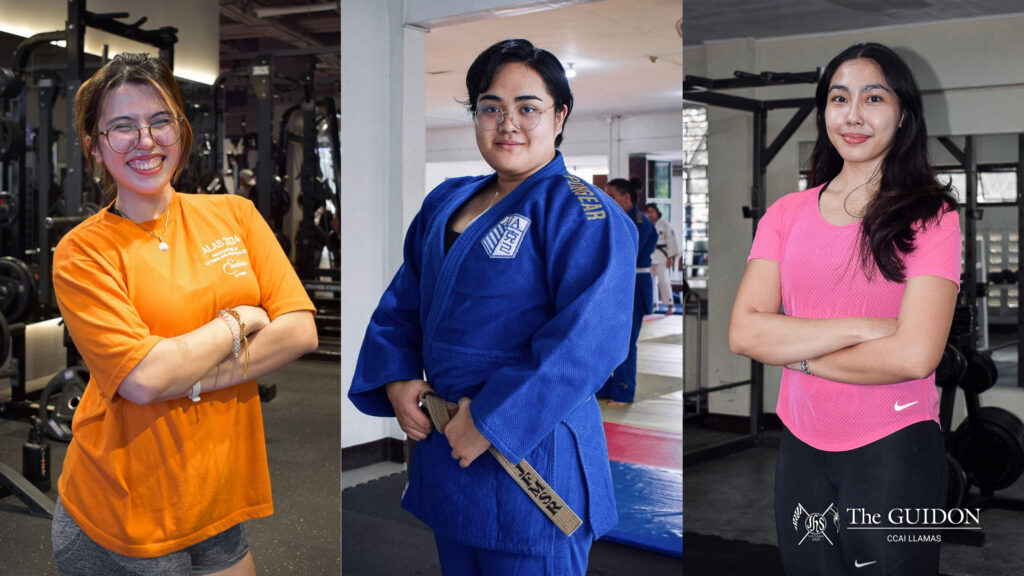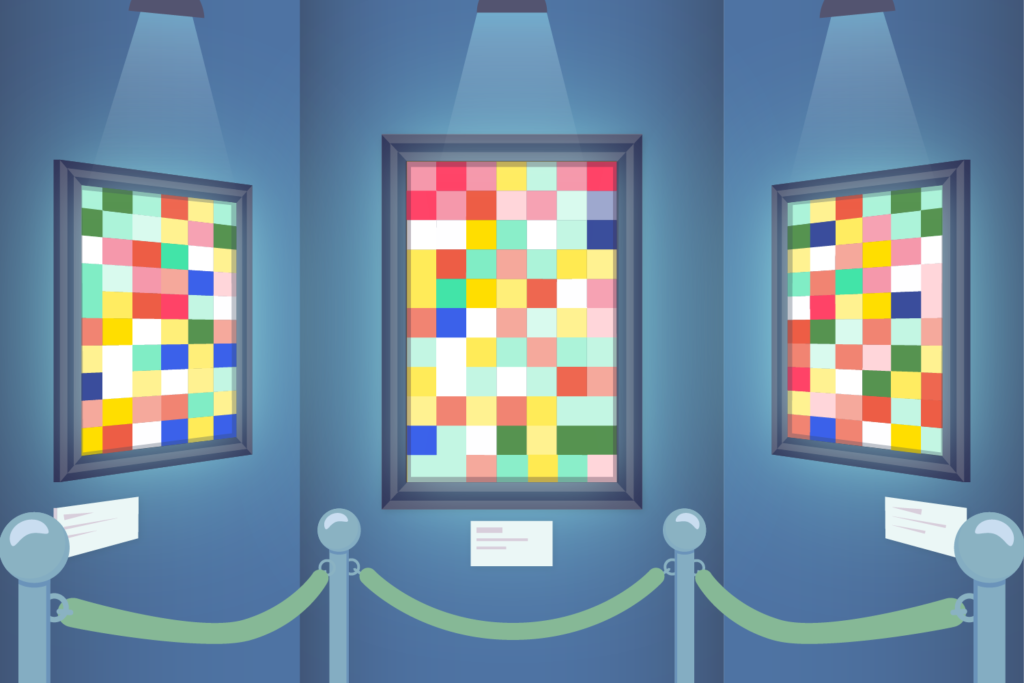
Karl Castro on art for the nation
Photo by Ralph Lim
Renowned for his art across a variety of mediums, Karl Castro (Department of Fine Arts) is a passionate professor and activist. He is a member of the Concerned Artists of the Philippines, an organization of artists who use their craft to tackle the national situation, and is also a strong advocate for the fair treatment of laborers and indigenous people. Alongside teaching, he curates exhibits that highlight social issues and mold art into tools of awareness.
I’ve been an activist since I was in college. I started out as a campus journalist; I was part of The Philippine Collegian which is UP’s [University of the Philippines Diliman] official student publication. At some point, I became Editor-in-Chief, but I really started out in the graphics section as a layout artist. Being in a weekly school paper which had an activist background, we covered not just school issues, but a lot of national and even international issues.
A lot of [my preconceived notions] shattered when I went into college. I started being more independent, started to commute to get to places, met people from different walks of life—and when you really see for yourself the injustices, parang you can’t go back to the way you were or enjoy simple pleasures as if there wasn’t anything happening in the background.
I think that’s also partly why I was more into doing freelance work, because I wanted the flexibility to be able to accommodate advocacy work into my schedule. So I volunteer for different organizations; right now I’m active in Concerned Artists of the Philippines, which is an organization that was founded in the ‘80s by Lino Brocka, who’s a national artist for film.
There are many challenges [to being an artist and an activist]. One of the challenges is how to make a maximum impact with the least resources. There are usually no funds for printing stuff or just getting around, things like that. So you usually work with the most shoestring of budgets, but you have to make something emerge from that. That’s always a challenge, unlike in traditional agencies where you have bigger budgets.
Another challenge is how to make the struggles of people who are far from the city, or live very different lives or cultures from the city—how to make these issues urgent or relatable to people in the city. For example, the displacement of the Aeta from New Clark City. New Clark City sounds like a very nice aspirational development; it even started marketing itself as a green city. However, it encroaches on Aeta land and there’s displacement happening. That is not an angle that is usually seen—people are just happy to see a new stadium or a new condo or whatever, but the rights of other people are being trampled on.
I try to get students to see that they really have to engage with the world—to be not just good designers or artists, but also good people in general. You can’t design a branding campaign for a Filipino product without knowing if it responds to the audience, how it will shape the audience’s worldview, if it will reinforce certain kinds of values. As a designer, you have to be aware of that.
It’s not your fault if you’re privileged or born privileged, but it’s also your choice that you stay within that bubble of privilege. Students should make a conscious effort to step out of it. That’s also what I learned from my fellow students and colleagues when I was still in college: They really go out of their way and that’s also something I try to do.






